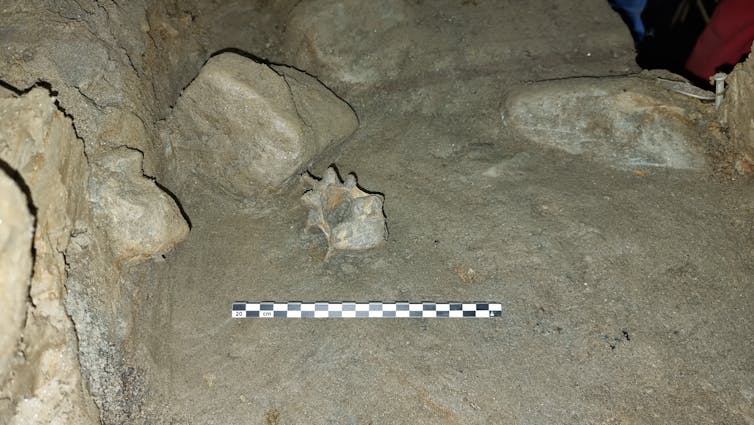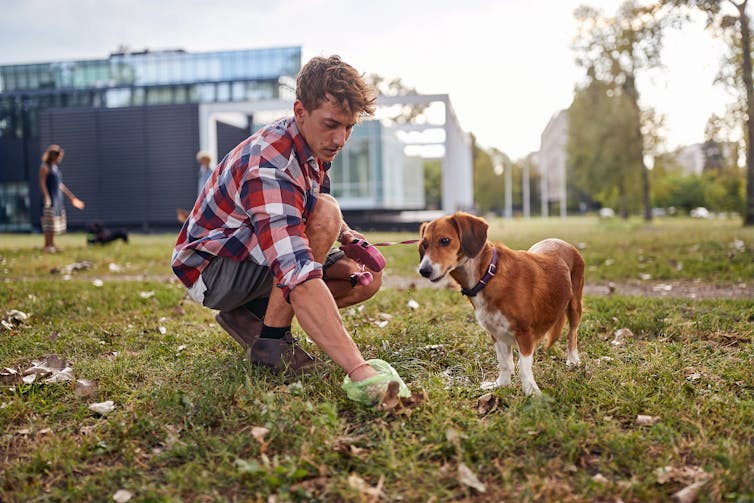Source: The Conversation – UK – By Veselina Stoyanova, Associate Professor in Strategy & International Management, University of Birmingham
Digital nomads are everywhere. Working and living wherever they lay their laptops, there may be as many as 40 million people who earn their keep online while they travel the world.
Some countries actively encourage these peripatetic professionals to visit, by offering specialist work visas. Costa Rica and Greece even offer tax benefits to entice digital nomads to their shores.
And while the rise of digital nomads has been accompanied by numerous concerns, research suggests they can often have a positive impact on the places they visit – leaving destinations better than they found them.
Here are five ways that digital nomads can do just that.
1. Skill sharing
Digital nomads can make a valuable contribution to the communities they join by freely sharing their expertise in areas such as technology, marketing or design. For instance, a digital marketer stopping off in rural Portugal could help a local artisan start selling their wares online. A web developer could help a neighbouring restaurant establish a digital profile.
Working with local schools and colleges is another good option. In Slovenia, for example, students at Jurij Vega Gymnasium teamed up with nomadic mentors to design sustainable tourism projects.
2. Authentic storytelling
Digital nomads help to influence how places are portrayed to the rest of the world. Instead of filtered Instagram posts or idealised social media posts, they can share real stories about local cultures and communities.
This encourages a deeper understanding and respect for the places they visit, like in Madeira, Portugal, where some digital nomads use blogs and podcasts to report on the island’s news beyond the tourism trail.
Rather than simply documenting beach life, many have shared stories about planting trees with residents and supporting local artisans. This provides a richer and more nuanced account of Madeira, and is the kind of shift which supports meaningful and sustainable connections of “regenerative travel”.

VesnaArt/Shuttterstock
3. Knowledge transfer
Digital nomads often gain valuable insights into how different places deal with social, environmental and economic challenges.
Read more:
Travelling in 2025? Here’s how to become a ‘regenerative’ tourist
For instance, they might learn how a rural community in Oliete, Spain, used digital platforms and cooperative funding to revive olive farming. Or how remote professionals in Tursi, Italy, have helped to rebuild local economies by mentoring entrepreneurs and setting up co-working hubs.
By applying these lessons to their home environments or introducing them to other communities, digital nomads act as catalysts for global innovation.
4. Be cosmopolitan
A “cosmopolitan” mindset is about switching the idea of travel from passive consumption to active participation. By supporting local businesses and collaborating on community initiatives nomads create more balanced relationships between travellers and locals.
In doing so, they contribute to cultural preservation, economic growth and a sense of mutual respect—key elements of regenerative travel. For example, in the Indonesia town of Ubud, Bali, digital nomads have engaged in community-based projects that help preserve the island’s cultural and natural heritage.
Rather than just passing through, cosmopolitan nomads see themselves as global citizens with a responsibility to engage meaningfully with the communities they visit.
5. Global networking
Digital nomads can connect local communities with international networks. For example, they might help artisans access global fair-trade platforms or connect environmental initiatives to international funding opportunities.
This is what happened in Lisbon, Portugal, where digital nomads partnered with local farmers to forge links with international customers.
By acting as bridges between grassroots efforts and global resources, digital nomads can amplify the reach and influence of local initiatives. It is the kind of collaboration which helps to ensure that the benefits of travel extend beyond tourism to create lasting change.
Empowering communities and nurturing global connections means remote workers can create a ripple effect that benefits their host destinations – and contributes to a quieter, more meaningful approach to travel.
![]()
Veselina Stoyanova does not work for, consult, own shares in or receive funding from any company or organisation that would benefit from this article, and has disclosed no relevant affiliations beyond their academic appointment.
– ref. Five ways digital nomads can have a positive impact on the places they travel to for work – https://theconversation.com/five-ways-digital-nomads-can-have-a-positive-impact-on-the-places-they-travel-to-for-work-255070











